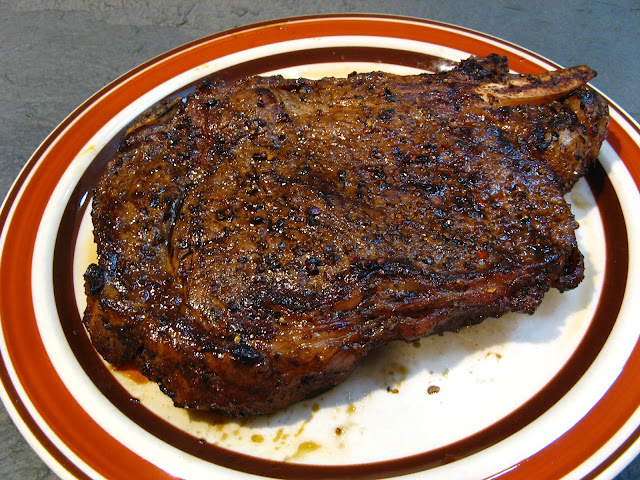Red tilapia is visually appealing fish, as well as being inexpensive.
The fish is a good choice for steaming and is readily available at my local
Asian market. I usually get an already freshly prepared fish, but a whole live
fish (with the head) is also a good option.
The fish is always finished with heated oil and a soy sauce
mixture. You can use a small pot or a wok to heat the mixtures, but I’ve been
using the microwave to heat the soy sauce mixture. As always, you need to be
very careful when you pour heated oil and liquids on the fish, as the hot oil
and liquid will pop and splatter off the fish.
Enjoy!







